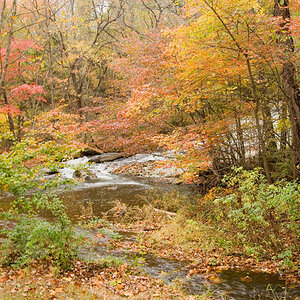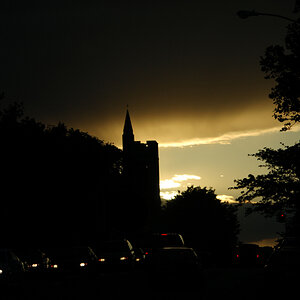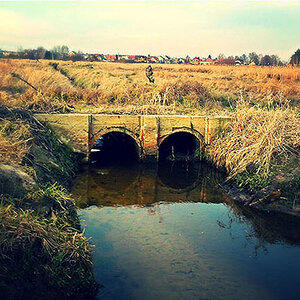maris
TPF Noob!
I have only used tap water for darkroom work in many places, at many times, over the last five decades. There have been problems from time to time but none of them traceable to tap water. My present 1.6 litre batch of Xtol (replenisher system) is five years old, had hundreds of rolls and sheets of film through it, and works reliably and predictably. Only tap water has been used for mixing the replenisher.









![[No title]](/data/xfmg/thumbnail/32/32162-dd2cfb373402c59de9c6f13cee73b0fb.jpg?1619735234)



![[No title]](/data/xfmg/thumbnail/41/41780-5efe87aed04575de7c09b065d70763ae.jpg?1619739890)
